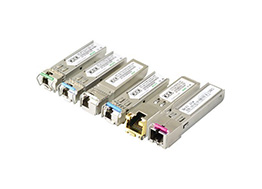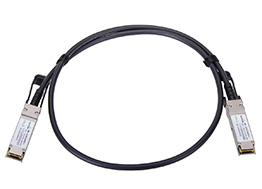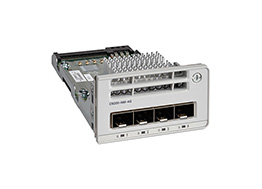
A power supply is the hardware component that provides electricity to power computers and other devices. It converts electrical current pulled from a power source, such as an outlet, battery or generator, to the correct format and passes it on to a device. It also regulates the voltage passed through to the machine to prevent overheating. Power supplies are sometimes abbreviated as PS or P/S, PSU (power supply unit). Power supplies are rated in terms of the number of watts they generate. The more powerful the computer, the more watts it can provide to components.

Network transceivers are used in specific networks like LAN to transmit signals. Lots of people tend to confuse transceivers and transponders. In fact, they have the difference; a transceiver transmits and receives signals anytime while a transponder only responds to an incoming signal or command.Network transceivers connect network nodes and send and receive analog or digital signals. In Ethernet networks, they are called medium access units (MAU). Network transceivers apply signals onto a network wire and detect signals passing through the same wire. In local area networks (LAN), they may be used with networking repeaters, devices that regenerate or re-time signals to ensure that these signals are transmitted through all network segments.

A Direct Attach Copper cable or a DAC cable is a twinax copper cable that connects directly the ports (or line cards) within active equipment, such as switches, routers, servers or data storage devices, in a data network. DAC cables are becoming increasingly popular, not just within data centers but within wider areas of the industry, as they offer a very cost effective, efficient and easy way of making the these connections.

Networking modules are hardware devices that can be used to add interfaces to existing network systems. This is usually done by installing them into a switch or router. A network module could be an ethernet module or a Fiber Channel (FC) card for example, which acts as an adapter that connects your device to a network via the new interface. When you buy a router or switch, it comes with default interfaces and some empty slots. Networking modules can be put inside the empty slots to expand the functionality of the router or switch. Unlike networking modules, i/o modules act as an interface between the central processing unit (CPU) and memory and also between one or more peripherals. Networking modules allow you to expand the performance and bandwidth of your network appliance according to your needs, for example, if you wish to connect fiber cables to your router, you can use a networking module with fiber interfaces, or if you wish to establish a Wide Area Network (WAN) connection between two different locations, you can use a WAN networking module.